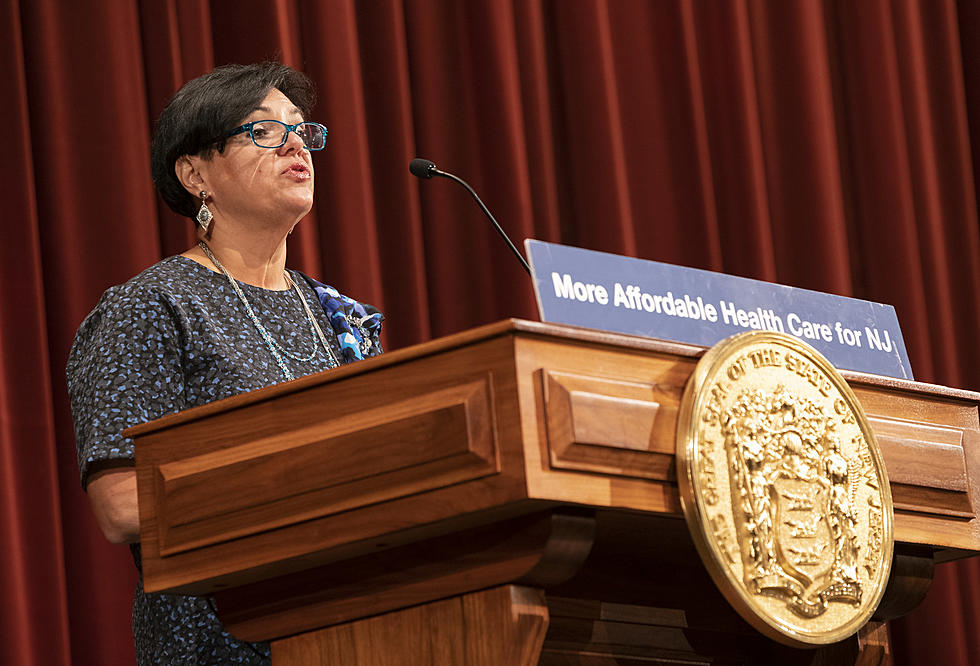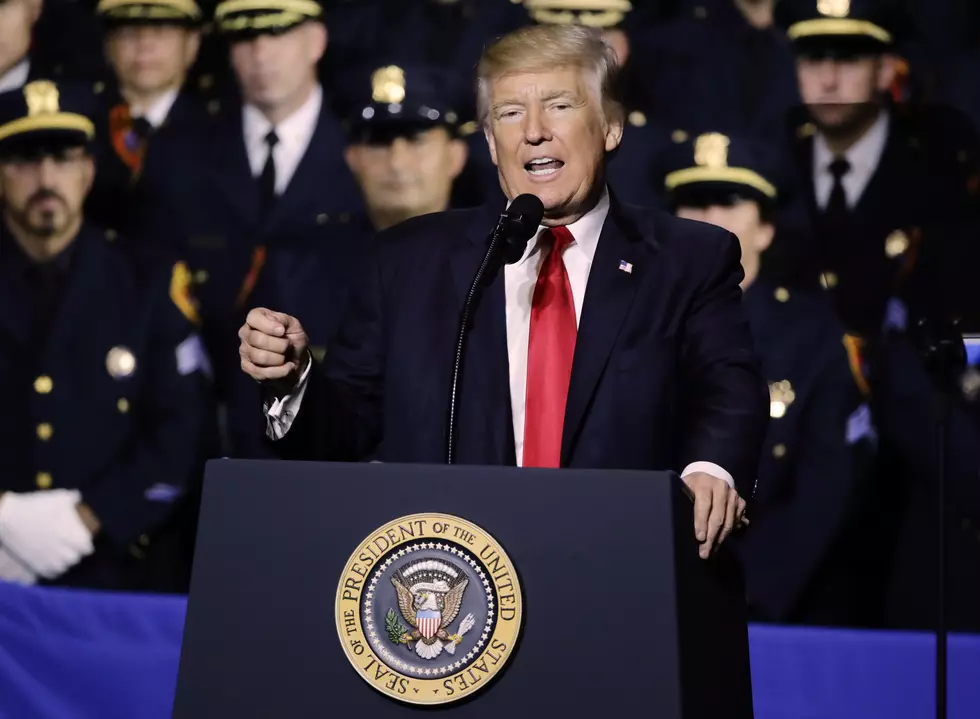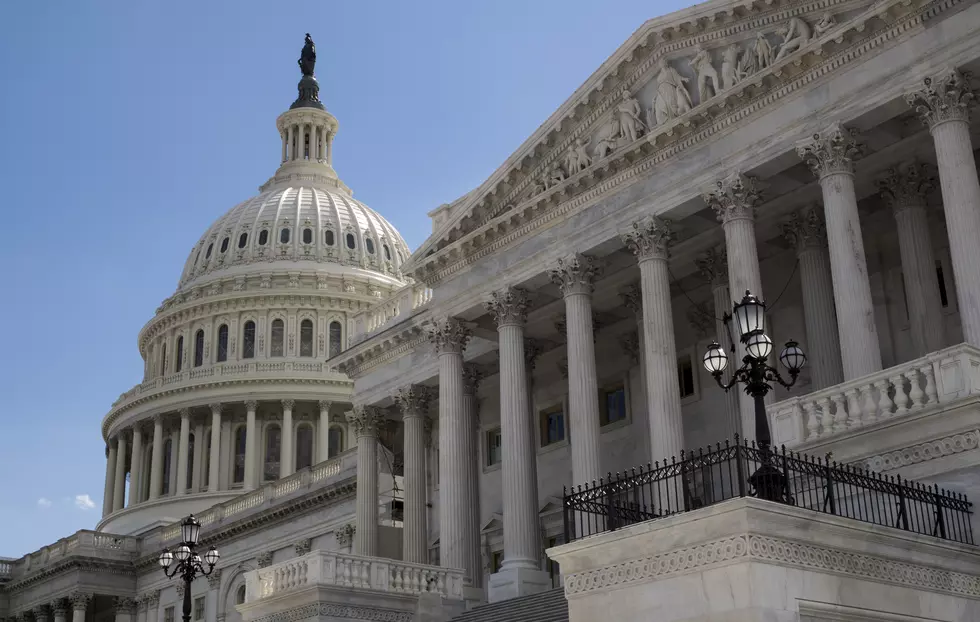
It’s getting harder to sign uninsured up for health care
Historic gains in health insurance coverage may be leveling off, with the Obama administration announcing Thursday that it expects only a slight overall increase in enrollment next year.
With the 2016 sign-up season two weeks away, Health and Human Services Secretary Sylvia M. Burwell set a target of 10 million people enrolled and paying their premiums by the end of next year. That's about as many as are covered now through the health law's online markets for subsidized private health insurance.
Burwell said it's getting harder to sign up the remaining uninsured.
The administration's new target is well below an estimate from congressional budget analysts of 20 million covered in 2016. The huge difference quickly raised questions about whether the big rise in health insurance coverage under President Barack Obama's may be leveling off, leaving millions still uninsured.
"If enrollment plateaus, we may see growing discussion of whether the law is fulfilling expectations in covering the uninsured, and whether the subsidies for low- and middle-income people are sufficient to make coverage truly affordable," said Larry Levitt of the nonpartisan Kaiser Family Foundation.
Burwell called the new goal "strong and realistic." An aide said the congressional numbers are based in part on assumptions that haven't panned out about employers dropping job-based plans for their workers, and about people with their own private coverage switching to HealthCare.gov.
Obama's law has reduced the share of uninsured Americans to about 9 percent through a combination of subsidized private health insurance and a Medicaid expansion aimed at low-income adults. But things seem to be changing.
Premiums are expected to go up next year by a bigger amount than this year. Surveys show that among the 10.5 million remaining uninsured who are eligible, many are young adults living on very tight budgets. They may not see the value in getting health insurance, even if it is now required by law and penalties for being uninsured are rising.
"We know that the remaining uninsured have a lot of concerns about whether they can afford coverage," said Burwell.
Progress on the law's Medicaid expansion has also stalled. Although a majority of states have accepted expanded Medicaid, high-population southern states including Texas, Florida, Georgia and North Carolina continue to hold back because of entrenched political opposition to Obama's overhaul.
The new sign-up season for subsidized private health insurance starts Nov. 1 and runs through Jan. 1. People who don't have access to coverage on the job can pick a plan through HealthCare.gov and state-run insurance markets. About 8 in 10 will also be eligible for financial aid, which covers about 70 percent of premiums on average.
(Copyright 2015 The Associated Press. All rights reserved. This material may not be published, broadcast, rewritten or redistributed.)
More From New Jersey 101.5 FM









